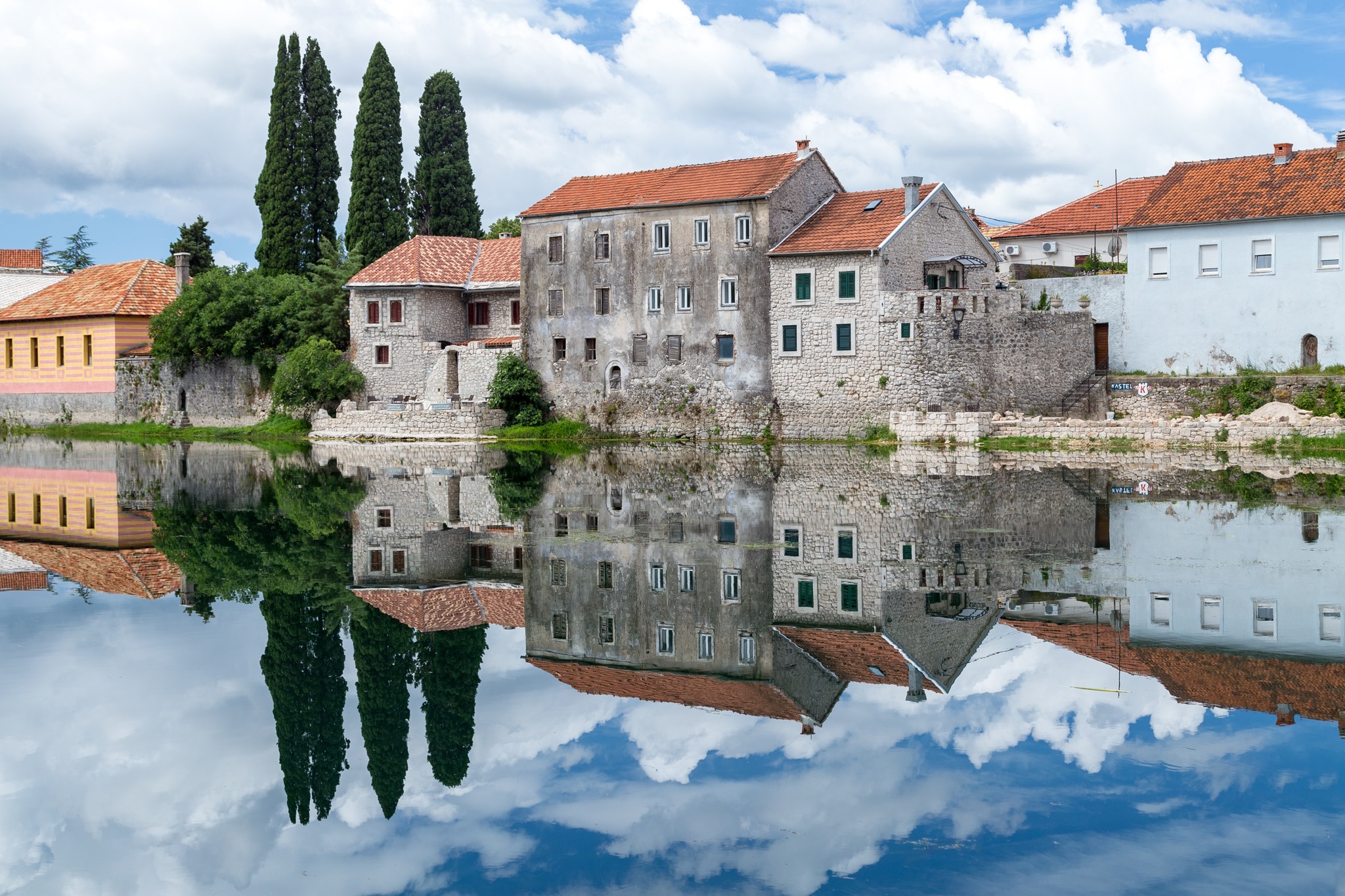
Trebinje (photo © Kulturni Centar Trebinje)
Suspended between the Adriatic and the Dinaric Alps, the lands on the border between Bosnia and Herzegovina and Montenegro hide an amazing historical, cultural, and landscape heritage, which is still little known and just waiting to be discovered
The sky of Herzegovina, in this advanced spring that already smells of summer, is of an endless blue, mottled here and there with plump clouds that promise rain. It is a capricious spring as few can be remembered, tell me the elderly with whom I stop to talk in the villages straddling the border with Montenegro – with frequent, sudden, and abundant rainfall which makes the clear river Trebišnjica bubble at the bottom of its valley, sunken and deep.
The road that from Trebinje climbs inland, towards Foča and central Bosnia, is immersed in silence, marked for long stretches by the festive yellow of flowering brooms. Moving after the hills in the direction of Bileća, the landscape is filled with lush green meadows, dotted here and there by the red of some isolated roofs. A few more kilometres, then – suddenly – a sign with no frills indicates the junction for the monastery of Dobrićevo.
"The history of Dobrićevo has its roots in a distant past, where truth and legend overlap and become one. It is said that, in ancient times, the emperor Constantine the Great and his mother Helen, travelling along the road that runs along the river, stopped around here to seek shelter from the heat. 'This place is good ("dobro" in the local language), ideal for retreat and prayer', Elena said. Those words turned into the solid foundations of our monastery”.
The legends that surround Dobrićevo are actually many, mostly linked to the medieval Serbian dynasty Nemanjić, or the more turbulent period of the Ottoman presence: the monastery igumen is patiently telling me some – the most famous – in the courtyard of the convent, immersed in the intense scent of the flower beds studded with multicoloured roses. Then, with the same kindness with which he welcomed me, he greets me to return to prayer and silence, leaving me alone in front of the half-open door of the church building.
It is enough to cross the stone door, suddenly passing from full to dim light, to immediately realise that Dobrićevo is a small hidden treasure, stemming from the intertwining of cultures, sensibilities, and traditions that have marked this part of the Balkans for centuries, suspended between the blue of the Adriatic and the barren, lunar peaks of the Dinaric Alps.
The architecture of the building has Gothic elements, with characteristic pointed arches reminding the nearby republic of Dubrovnik and Western taste. The frescoes, however, dominated by backgrounds of a very deep blue and inhabited by biblical characters with penetrating and timeless looks, are children of the religious bond that has been looking east for centuries, up to Byzantium.
"The monastery of Dobrićevo is just one of many examples of the incredible and little known historical, artistic, cultural, and naturalistic richness that marks the border area between Bosnia and Herzegovina and Montenegro. A priceless heritage, with a strong tourist potential, which can and must be rediscovered. To do so, however, it is necessary to go beyond the borders, collaborate on both sides of the border, enhance the common history and traditions, and present the most curious and attentive travellers with intriguing and sustainable paths".
Thus, sipping a coffee in the shade of the famous plane trees of Trebinje, Miljan Vuković of the Trebinje cultural centre told me about the birth and evolution of the idea that led to the realisation of the project "Life on BiH/MNE Border - Ancient Traces of Ageless Heritage and Tradition", coordinated by Vuković himself. The project involves four municipalities: Trebinje and Bileća on the Bosnia-Herzegovina side, Nikšić and Plužine on the Montenegrin side.
"The proximity of Dubrovnik, which in recent years has become a real magnet for tourists from all over the world, is certainly a potential advantage", argues Vuković. "Few, however, venture into the inland. The first step to attract them is to map the places of interest, sometimes abandoned and often little known even by the local population – and to revive the stories and legends that have populated them over the centuries".
In fact, the mountains and karst valleys of Herzegovina and Montenegro seem to hide legends under every stone, behind every hedge. My stop in Bileća only confirms this. A secluded town, perched at a short distance from the large artificial lake named after it, at first sight, Bileća seems a town like many others – one of the many smaller and sleepy centres that dot the province of the Western Balkans.
The old town still betrays the strong imprint left by the Austro-Hungarian empire, which between the end of the 19th century and the beginning of the 20th transformed it into a militarised outpost on its restless southern frontier, creating mighty fortifications on the surrounding hills. The Bileća-Avtovac-Trebinje defensive line was considered so impressive at the time to earn the nickname of "Balkan Maginot Line".
The forts, today mostly in ruins, are no longer sentinels to the stony mountains that surround them but continue to jealously preserve a thousand and one stories. It is said that the most imposing of the fortresses – Strač, not far from Trebinje, bristling with cannons and 365 premises, as many as the days of the year – was basically impossible to take. Its guns were so powerful that, during the First World War, they even managed to bombard the Italian fleet, then active in the Adriatic waters.
It is in the small districts around Bileća, however, that the most compelling narratives are hidden. Like in Grabovica, where the mosque of Hasan-paša Predojević, built in the distant 1572, rises, now damaged by time and with its roof collapsed. Despite the bad conditions, the building still fascinates for its architecture, simple and well proportioned. The striking feature is the minaret with an original square plan, probably raised by the famous master stonemasons of Dubrovnik. Its unique shape once again betrays the unique mix of styles and traditions, this time Islamic and Christian, which enriches this part of Europe.
While a few distant clouds lazily cross the horizon, the Hasan-paša mosque seems to rest silently under the rays of a warm, benign sun. The legend, however, tells that its construction is the result of a tormented history made of betrayal, revenge, and redemption. Hasan, it is said, was actually born a Christian with the name of Nenad, nephew of the powerful Duke Predojević. The count had six children, but when the Turks demanded the "blood tax" from the duke, pledging the most promising youngsters to become janissaries or administrators of the empire, Predojević deceived them with his nephew, an only child and then already fatherless.
In Istanbul, Nenad became Hasan: years later, the young man returned to Bileća with an army and the title of "paša". He hugged his mother again, who told him in tears of the betrayal suffered. Hasan's anger then fell mercilessly on the disloyal uncle, and the duke had to suffer an atrocious death, stoned to death on the public square.
To placate the spirits and perhaps his conscience, the paša then ordered the construction of the mosque, but also of a church in the village of Prijevor, in honour of his mother. This has also been lost: yet the heavy stone portal remains, where together with the cross the symbols of the sun and the Ottoman crescent stand out – a unique testimony to the rich and complex history of this territory.
Other legends sink into an even more distant and dark past. Like that of the stećci, enigmatic funerary monuments dated between the 12th and 15th centuries – characteristic of Bosnia and Herzegovina, but also in part of neighbouring Croatia, Serbia, and Montenegro. In Bileća there is the largest artificial necropolis of stećci, gathered here when the construction of the dam on the Trebišnjica flooded the valley, creating a lake as wide as it is deep.
Many question marks remain on these limestone monoliths, often embellished by refined decorations, and sometimes marked by sibylline sentences skilfully engraved on the stone. Certainly, however, these voiceless stems tell of a common cultural past on both sides of the border. Nikšić too, in fact, makes a fine show of its collection of stećci, gathered behind the elegant purple silhouette of the palace of Nikola of Montenegro, erected at the beginning of the 20th century by Italian craftsmen as a summer residence for his court.
"For much of its modern history, Nikšić developed as an industrial centre, above all thanks to the enormous ironworks commissioned by Marshal Tito in the second post-war period, which in the 1980s reached 6,500 employees. Today the industrial sector has been largely abandoned, and rethinking the city as a tourist centre is a challenge that is anything but easy. However, there is no lack of resources or desire to get involved”.
Dragica Popović, from the Nikšić municipal tourism agency, accompanies me along the bustling streets of what is now Montenegro's second largest city, grown in the shadow of the Bedem fortress. Its walls, built by the Romans in the 4th century, destroyed and rebuilt countless times over the centuries, have been the stage for one of the most popular alternative rock festivals in the Balkans for over a decade.
"Rock music is one of the strong points of our offer to tourists: in addition to the 'Bedem Fest', we have the 'Lake Fest', which every August brings together thousands of enthusiasts on the shores of Lake Krupac. Many come to Nikšić to use our cutting-edge sports facilities", says Popović as we cool off in the shadow of the elegant cathedral of Saint Basil of Ostrog, which from a small rise dominates the karst plain of Nikšić. "In the new tourism development strategy of the city, however, the recovery and enhancement of our historical and cultural heritage play a central role".
For the more curious visitors, Nikšić has many hidden pearls to offer, like the imposing "Carev most" bridge, also wanted by King Nikola to overcome, with 20 imposing stone arches, the tumultuous waters of the Zeta river. In each of the pylons, narrates the inevitable legend, a gold coin was walled up as a pledge to fate to protect the work from the fury of the waters. Or like the Hadži-Ismailov mosque, with an elegant arabesque minaret, today's only evidence of the city's Ottoman and multi-religious past.
The most precious treasure, however, is found in the large, shady halls of the palace of King Nikola, now a city museum. Here, along with numerous relics of the city's ancient and recent history, known in the Middle Ages as Onogošt, there is a rich display of prehistoric finds excavated over the last few decades in the incredible archaeological site of the cave of Crvena Stijena (Red Rock).
Discovered in 1954, on the Montenegrin side near the Trebišnjica river, under an imposing wall of reddish rock from which it takes its name, the cave of „Crvena Stijena“ represents a unique site for the whole European continent: inhabited continuously for 150,000 years, the cave has returned finds that range from the Paleolithic to reach the Bronze and Iron ages.
Its deposits, more than 20 metres deep, are a unique opportunity to investigate the formation of the first organised Neanderthal groups, the slow transition to the Neolithic, and the birth of agricultural societies in Europe. The discoveries made are already many, and new exciting surprises, according to Montenegrin and international archaeologists engaged for years in Crvena Stijena, are still waiting to be brought to light.
If Nikšić is still looking for an integrated strategy for its tourism development, Plužine – the other Montenegrin municipality involved in the project "Life on BiH/MNE Border - Ancient Traces of Ageless Heritage and Tradition" – knows where to focus its efforts.
The road to get there climbs decidedly from the Nikšić plain towards north-east and the border with Bosnia and Herzegovina. Gradually the karst plateau, dominated by Mediterranean vegetation, gives way to a mountain landscape. Along the course of the Piva river – this, too, trapped in a large artificial lake by an imposing dam erected at the turn of the 1970s – the straight roads turn into long hairpin bends, which attract dozens of motorcyclists from the most distant cantons of Europe. On the sides of the road, shady pine trees and century-old beech trees stand out, covering the sides of the wooded peaks that reach 2,500 metres in height.
"Our pristine nature is our wealth, and many have already noticed it. The pearl, so to speak, is rafting on the course of the Piva and – above all – in the spectacular canyon carved by the Tara river, the deepest and longest in all of Europe". Another steaming coffee – an essential element of Balkan sociability – marks the slow, relaxed rhythm of my encounter with Slobodan Delić, director of the Piva natural park, created four years ago to protect and enhance the beauty of this still largely unspoilt region.
"In a word, rafting's success was simply spectacular. 'Discovered' in the 1990s, this sport then literally boomed in the second half of the 2000s, to become a real brand not only for Plužine, but for all of Montenegro. Today there are at least 15 sports clubs that organise excursions on the Tara. For those looking for pure adrenaline, the best time is spring, when the river is swollen with water and roaring due to the melting of winter snows. In summer, on the other hand, the experience is quieter, ideal also for families".
Rafting on the Tara, which can boast at least 20 rapids in the most frequented section – the 18 kilometres between Brštanovica and Šćepan Polje – is not the only attraction that Plužine can offer to those who have the curiosity to stray from the most popular routes. There are also mountain hiking, both on foot and on mountain-bike, horseback riding, visits to the church of Saint John the Baptist in Zagrađe or the amazing monastery of Piva, moved stone by stone from its original position – submerged by the waters of the lake in 1969 – and patiently rebuilt a few kilometres higher.
"A lot of tourists, including many foreigners, have already noticed that the municipality of Plužine has history and culture to offer, in addition to the incredible emotions on the waters of the Tara", Delić tells me with undisguised pride. "Over the last few years, there has been significant growth in visits to the park: from 27,000 visitors in 2015 to over 50,000 in 2018".
Minutes flow slowly: immersed in the tranquillity of these mountains, the knowledge of time is easily lost. Instead, it is time to leave: I have to cross the border again and return to Trebinje, where my journey had begun.
Returning to Herzegovina from the border with Montenegro, along the lower course of the Trebišnjica, the city is announced from afar by the imposing silhouette of the Arslanagić bridge – the arches, very high and elegant, have joined the two banks of the river since 1574.
The construction of the bridge was ordered at the peak of the Ottoman Empire by the grand vizier of Bosnian origin Mehmed-paša Sokolović, immortalised by Nobel prize winner Ivo Andrić in the historical novel that tells of another bridge, the famous one on the Drina river. Then, for centuries, the noble Arslanagić family held the right to collect the duty from travellers who wanted to cross the bridge, a central hub on the road from Dubrovnik crossing Herzegovina to central Bosnia.
Its stone structure skilfully carved and untouched by centuries, the Arslanagić bridge was however also jeopardised by the construction of the dam complex on the Trebišnjica in the 1960s. Completely submerged in 1965, the following year, during the emptying of the artificial lake nearest to Trebinje, the bridge was disassembled and reassembled five kilometres below, on the eastern outskirts of the city, without losing either its elegance or its imposing charm.
Descending slowly on the banks of the river, its limpid waters shining with a deep emerald green, it soon becomes clear how Trebišnjica is the liquid heart of Trebinje which, despite being a few tens of kilometres from the shores of the Adriatic, can be defined without any doubt "a city on the water".
The old city or "Kastel", known in the past as "Banj Vir", lying on the right bank of the river, was fortified at the beginning of the 18th century by Osman paša Resulbegović: high walls, edged by four massive towers, were erected to protect the city. All around, on the three sides untouched by the Trebišnjica, a moat was dug, 460 metres long, 5 deep, and up to 10 wide.
However, Resulbegović did not stop at fortifying Trebinje, but ordered the construction of numerous public buildings, including the two mosques that still adorn the old town – the "Sultan's" (Careva džamija) and the one that still bears his name today (Osman -pašina džamija), the latter being probably the most spacious and finely decorated in all of eastern Herzegovina.
"Trebinje has been reflected for centuries in the waters of Trebišnjica, which before being cemented in the 1960s, to control its frequent flooding, used to be the longest underground river in Europe. Its waters overflowed with life and economic activities and were lined with numerous irrigation wheels – inspired, it is said, by those on the Nile. That is why a central element of our project is to recover the city's relationship with the river", tells me Miljan Vuković of the Trebinje Cultural Centre as we walk along the old town's narrow, crowded streets.
"On the one hand, the canal (Tur. "hendek") around the old city may be excavated again, after being buried in the 1900s for sanitary reasons. On the other hand, the old tradition of the lađe, the characteristic rowing boats that once crowded the river's waters, are now revived.
For tourists, enjoying the city from the perspective of the water will surely be an extra incentive to visit Trebinje, but many have already discovered this little hidden gem. In recent years, the number of visitors has increased significantly, and traditional arrivals from Serbia have been accompanied by tourists from France, Germany, and Turkey, but also from less obvious locations such as the United States, South Korea, and even Malaysia.
Proximity to Dubrovnik is definitely an important factor, but certainly, Trebinje has much to offer to visitors. Outside the fortified quadrilateral of the old city, the town developed harmoniously, also thanks to the urbanistic imprint imposed by the Austrian administrators who at the end of the 19th century, shortly after occupying Trebinje, ordered the laying of the immense plane trees that today are a true symbol of the city.
In the shadow of these majestic plants stand many of Trebinje's most beautiful monuments: the Orthodox cathedral dedicated to the Transfiguration of Christ, the Catholic one dedicated to Our Lady, the monument to the fallen of the First World War based on the original drawings of poet Jovan Dučić, and the elegant fountain dedicated to Austrian general Đuro Baron Babić, around which every day a market gathers full of unique colours and flavours, coming from the still unspoilt fields and pastures of Herzegovina.
"Over the years, our lands have been able to collect and preserve a diverse heritage, made up of different varieties, traditions, and cultures", concludes Vuković at the end of our conversation. "Despite the recent wars, divisions, and new frontiers, the deep bond between the two banks of the Trebišnjica, both in Bosnia and Herzegovina and in Montenegro, has never been severed. Today, tourism can become a privileged tool for overcoming borders, building new cross-border relations and, together, offering the best of this common heritage – not only to those who visit these territories, but also and above all to ourselves".
This online article was created with the financial support of the European Union. Its contents are the sole responsibility of Osservatorio Balcani Caucaso - Transeuropa (OBCT) and PI “Kulturni Centar” Trebinje and do not necessarily reflect the views of the European Union. All pictures by "Kulturni Centar" Trebinje.
The project
The project "Life on BiH/MNE Border - Ancient Traces of Ageless Heritage and Tradition" is being implemented in the area of Trebinje and Bileca in BiH and Nikšić and Plužine in Montenegro. The overall objective of the project is to develop functional cross-sectoral cooperation and to link the cultural, historical and natural heritage with tourism in the cross-border area. The specific objective is to create and promote common cross-border tourism products by encouraging partnerships in culture and tourism and restoring neglected cultural and historical heritage in project areas.
The project is funded by the European Union within the IPA Cross-Border Cooperation Program Bosnia and Herzegovina - Montenegro.
See more at: www.heritage-bih-mne.com/about-project/


































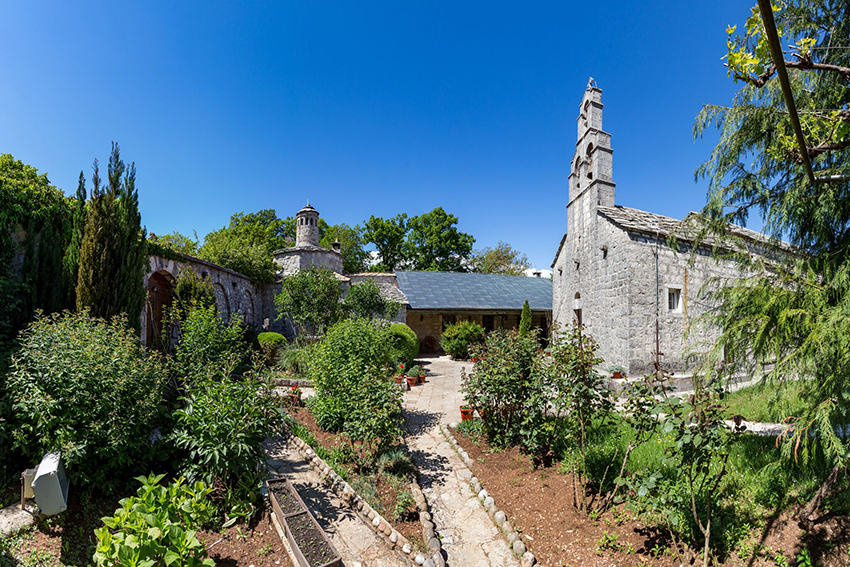
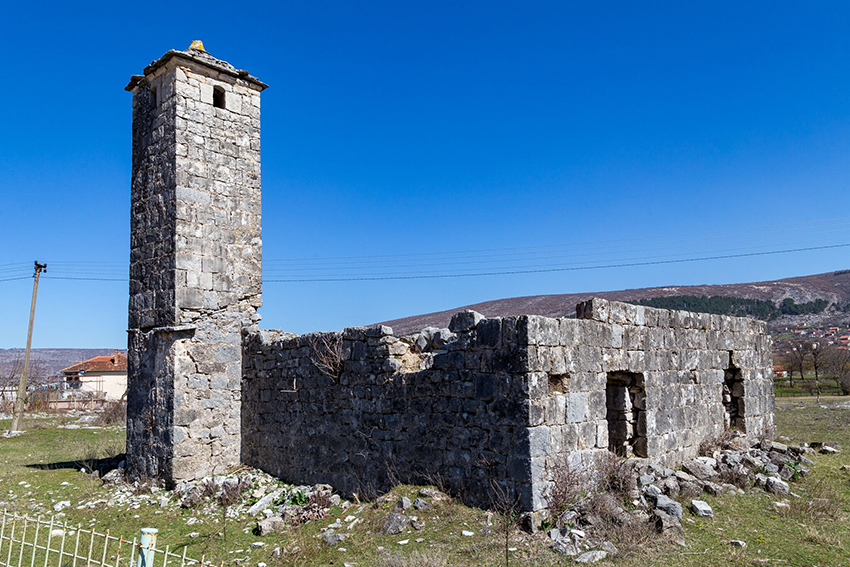
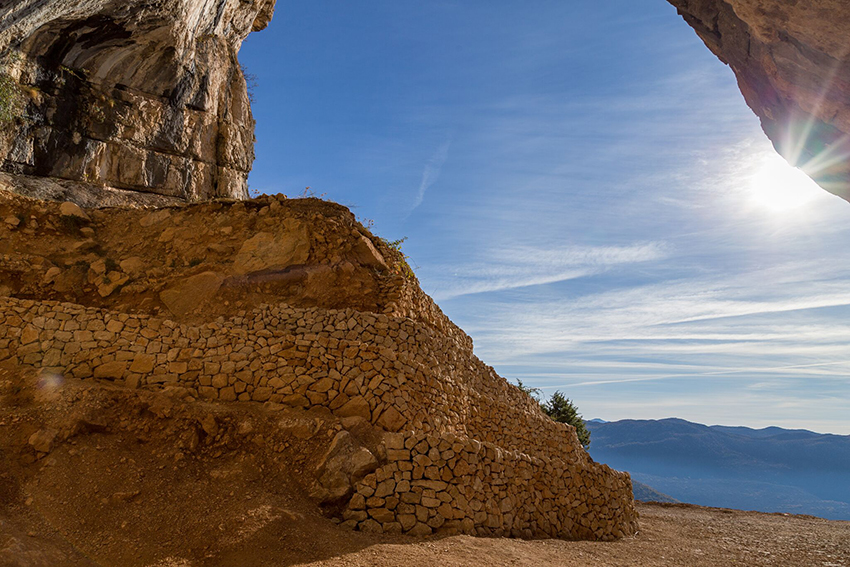
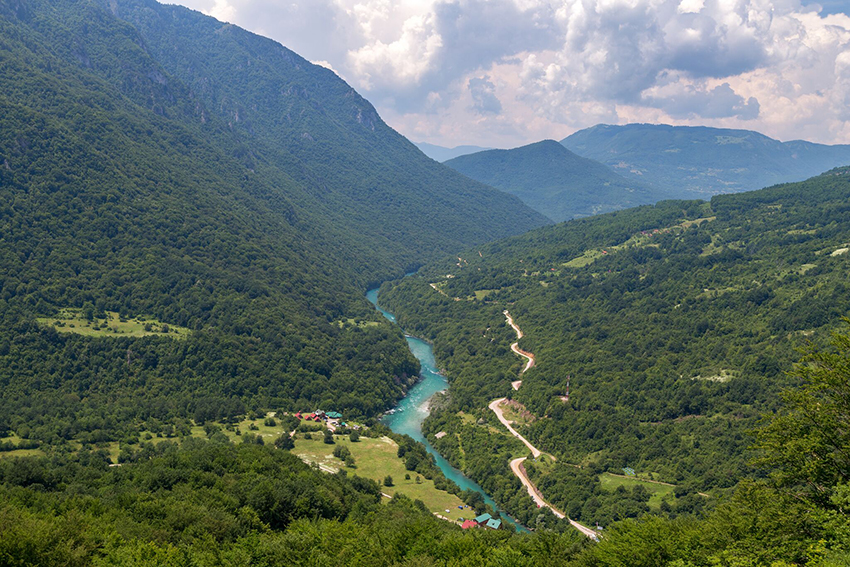
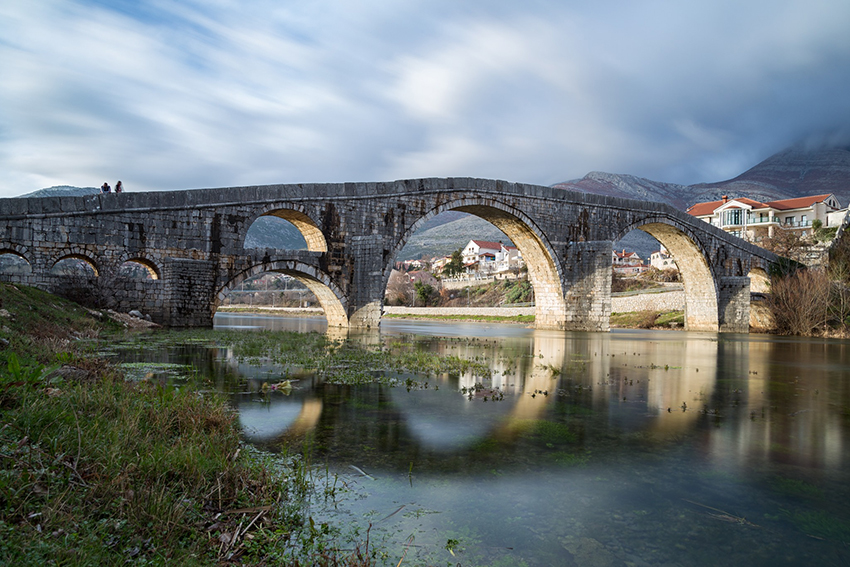

 To Top
To Top